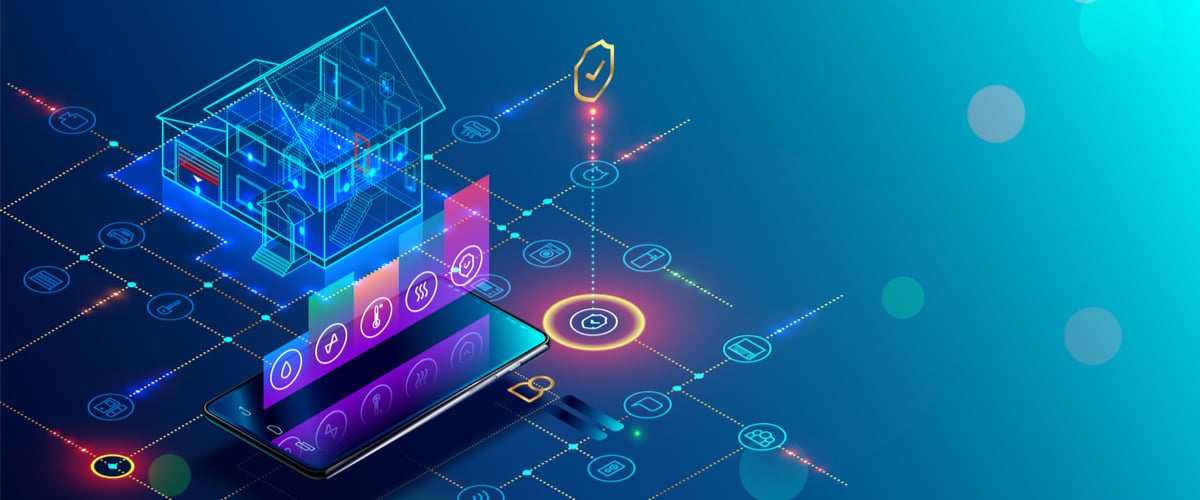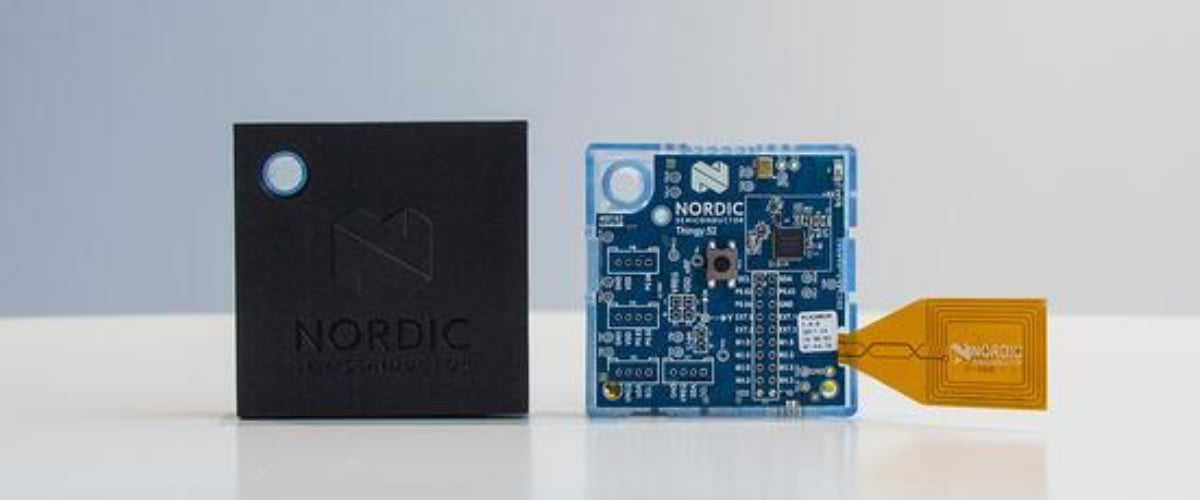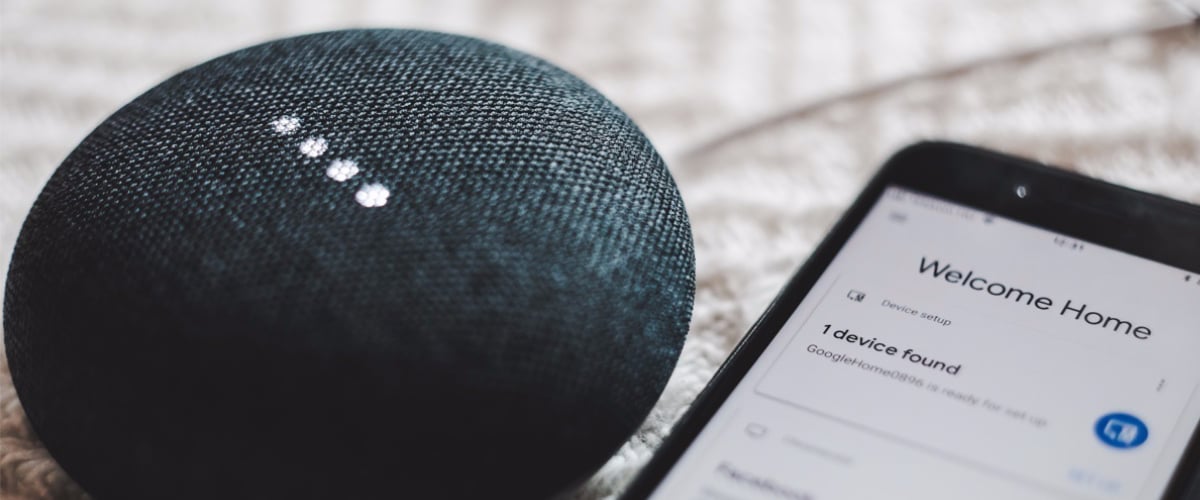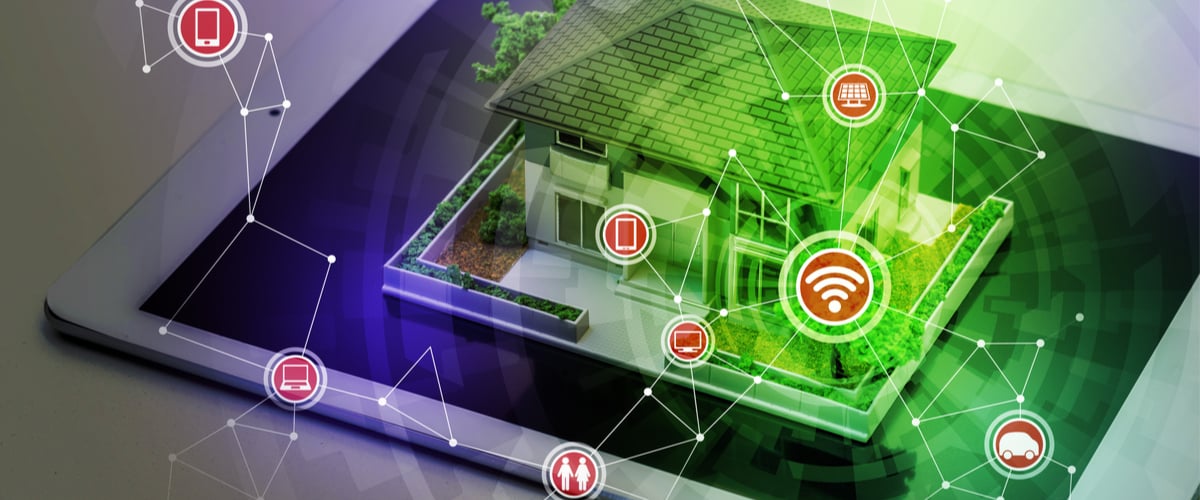
Building automation for the home can control everything from security and climate through to lighting and entertainment systems. The market is rapidly evolving and growing fast!
Beginning with the humble remote control, technology has slowly but surely become an important part of our homes. Today's sensor and automation technologies have taken things to a whole new level. The smart home is here.
Last updated: August 18, 2020
Smart home technologies can broadly be split into those purely for entertainment, and those designed to automate and maintain comfortable living conditions. The latter can be split further into safety and security, heat and humidity, colours and light, and air quality.
Sensors can monitor these parameters to help maintain them within an acceptable range, while adding automation allows the intelligent automatic execution of changes based on the analysed data.

While not an exhaustive list, here are some of the principal areas of home automation development:
Read more: New Home Automation Solutions: Exploring the Smart Aware Home

There are three main aspects to consider when developing a home automation product:
Due to the complexity introduced by hardware and software standards, communication methods, and differing smart home ecosystems, choosing the right technologies for a home automation product can be a tricky business.
Diving down to the next level of detail, there is a clear separation of components required:
The demand for smart products is outstripping the supply of talented embedded developers. One solution to this skills shortage is to take advantage of some of the products and services designed to fill gaps in hardware and software development. Using the tools and services that other people provide makes it much easier to set up a rapid prototyping process.
The sensor-packed Nordic Thingy:52 is one such device. All sensors and Bluetooth low energy parameters are configurable through the Bluetooth API. Environmental sensors include temperature, humidity, pressure, air quality, colour and light. The device also features 9-axis motion sensing incorporating an accelerometer, gyroscope and compass.

But wait, there’s more! The Thingy also features a digital microphone and speaker for playing pre-stored samples and tones, or any sound you like that can be streamed over Bluetooth low energy (8-bit 8kHz LoFi). There is also a configurable RGB LED.
Today, most smart home users expect connections from device-to-device, device-to-cloud and device-to-mobile. You can build your own platform to achieve this, but it requires a lot of work and is only really viable if you plan to develop multiple products in different verticals. You can also start simple, by offering a simple kit that works out-of-the-box, similar to IKEA’s trådfri, which enables interaction with the larger ecosystems.

For companies that do not want to build a complete platform themselves, it is possible to work together with other platforms including Amazon Alexa, Google Home and Apple HomeKit.
For the user, HomeKit offers many advantages including secure pairing and the ability to control their smart home from one app, and even via voice control.
Read more: What is HomeKit?In just a few short years, voice control has finally come of age as a technology that can make a real difference in people’s lives.
Amazon’s Echo has been joined by the Google Home Smart Speaker and the Apple HomePod. There has since been an explosion in the number of devices that can be controlled using your voice.
So far, it mostly involves setting up the product in the hub’s app so that it knows what to do when you say ‘Turn on bedroom lights’ but we are starting to see more and more devices that have some kind of native voice-control.

Adding voice control to an IoT device comes down to three options:
Read more: Voice Control in the Smart Home
When designing a smart home device, power is an important consideration. Most sensors are battery-operated and consumers will expect long battery life. But choosing low power consumption means you will have to make difficult decisions elsewhere, most notably in your choice of communications protocol.
Read more: How to Optimize Energy Efficiency in Smart Devices
While there are some protocols that clearly offer more capability, it is always important to start by understanding your true requirements, and then narrow down the solutions.

The most common protocols are Bluetooth Low Energy, Z-wave, Zigbee, and Thread. The protocol field can be narrowed down by considering the following factors:
Read more: Smart Home Connectivity Options
Because of power limitations and protocol restrictions, a single product sending data to a server is unlikely to be feasible. Instead, you’ll need to route data through a gateway.
Hybrid IoT protocol support is an important factor to consider when making your choice. Using existing gateway modules is a simple solution that’s easy to customise and connect to cloud services, but may not offer the same level of flexibility as developing your own custom solution.

Instead of each device connecting to a central hub, in a mesh network, each device becomes a node in an interconnected web of devices. Each node communicates with many or all nearby nodes and, eventually, the network connects to a gateway to the Internet. In this way, data has many different potential routes around the network.
Despite these benefits, mesh networks may not always be the most suitable solution for home use. The main disadvantage is that mesh networks are more complicated for the user to set up and run, than point-to-point networks.
The piecemeal approach to building a home network also makes interoperability a potential challenge. Consumers like choice and will expect devices from different manufacturers to work together. If a homeowner has six smart devices from six different manufacturers, can they still create a mesh network? This is one of the problems Bluetooth mesh aims to solve.
Fast forward a couple of years to when more people have installed smart, connected devices and it will also become a better solution. Instead of mesh being a technology you have to install, the technology will already exist in most homes.
Read more: Mesh Networks in the Smart Home
Smart homes are online 24/7, which gives hackers a limitless window of opportunity. As many home automation systems consist of devices from several different manufacturers, there may be several weak spots. Very few private homes have a knowledgeable system administrator that will be aware of important maintenance and security upgrades.
Non-tech-savvy homeowners will never monitor their network activity, which allows the attacker time to work. If and when the network is compromised, the attacker knows they are unlikely to be detected.
Read more: The Spy Inside the Smart Home
Apple introduced a security standard for HomeKit by using the latest algorithms for encryption and authentication. In order to market a product as a HomeKit device, it has to be certified by Apple first. Even if you are not building your product around HomeKit, its approach to security is one worth considering.

Principles to bear in mind:
Read more: Home Automation Security: Why Secure Solutions Are Essential for IoT